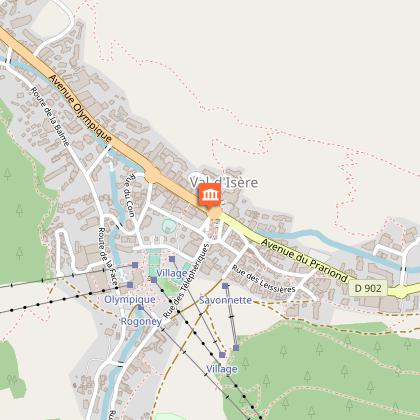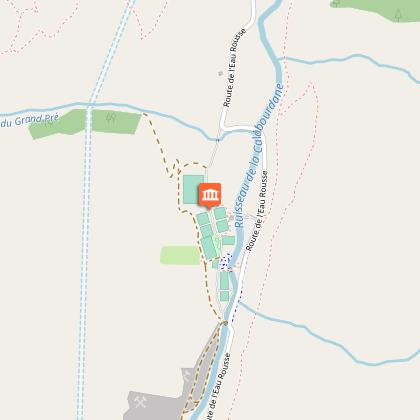Tours
Activities
Places of interest
Where to eat
Where to sleep
Unveil Espace Vacances Val-d'Isere Treasures
Are you the owner?Welcome to Val-d'Isère, a picturesque destination nestled in the heart of the Alps. During your stay at ESPACE VACANCES, explore the natural magnificence and diverse activities surrounding this charming town. In winter, Val-d'Isère is a paradise for ski and snowboard enthusiasts with world-renowned slopes. The French Ski School offers lessons for all levels, from beginners to experts. For those se...See more
Walking around ESPACE VACANCES
See more suggestionsEnjoy outdoor walks in ESPACE VACANCES.
See more suggestionsWhat to do in ESPACE VACANCES
See more suggestionsOrganize your days in ESPACE VACANCES with bookable activities for the whole family.
See more suggestionsIGN cards
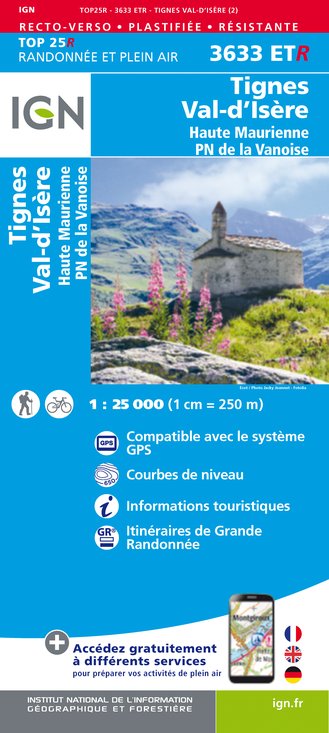
3633ETR - TIGNES VAL-D'ISÈRE RESISTANTE HAUTE MAURIENNE PARC NATIONAL DE LA VANOISE
Editor : IGN
Collection : TOP 25 RÉSISTANTE
Scale : 1:25 000
17.20€

3633ET - TIGNES VAL-D'ISÈRE HAUTE MAURIENNE PARC NATIONAL DE LA VANOISE
Editor : IGN
Collection : TOP 25 ET SÉRIE BLEUE
Scale : 1:25 000
13.90€

TOP75003 - MASSIF DE LA VANOISE
Editor : IGN
Collection : TOP 75
Scale : 1:75 000
9.80€

TOP75004 - BEAUFORTAIN MASSIF DU MONT BLANC
Editor : IGN
Collection : TOP 75
Scale : 1:75 000
9.80€
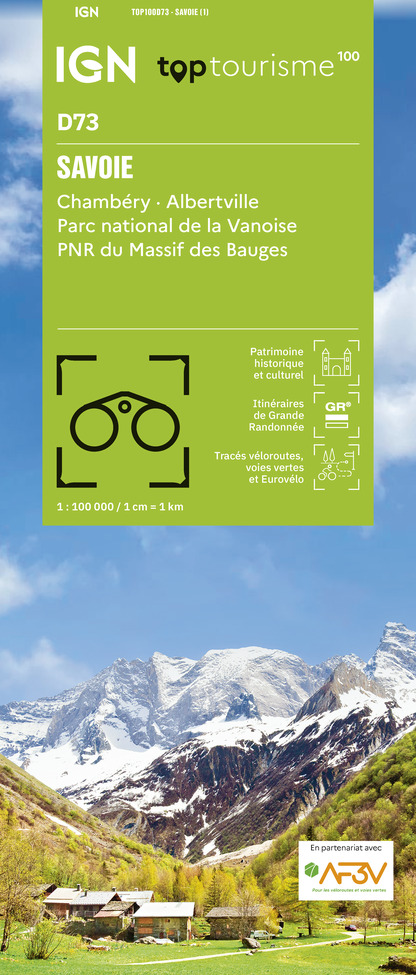
TOP100D73 - SAVOIE CHAMBÉRY ALBERTVILLE PARC NATIONAL DE LA VANOISE PNR DU MASSIF DES BAUGES
Editor : IGN
Collection : TOP 100
Scale : 1:100 000
8.40€

202 JURA ALPES DU NORD
Editor : IGN
Collection : TOP 200
Scale : 1:200 000
6.80€
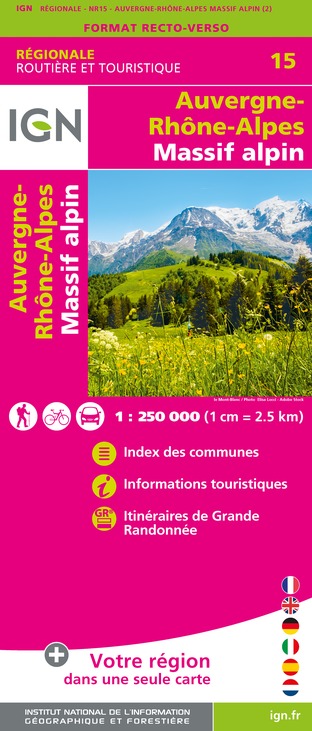
NR15 AUVERGNE-RHÔNE-ALPES RECTO/VERSO MASSIF ALPIN
Editor : IGN
Collection : CARTES RÉGIONALES IGN
Scale : 1:250 000
6.80€

NR14 AUVERGNE-RHÔNE-ALPES RECTO/VERSO MASSIF CENTRAL
Editor : IGN
Collection : CARTES RÉGIONALES IGN
Scale : 1:250 000
6.80€
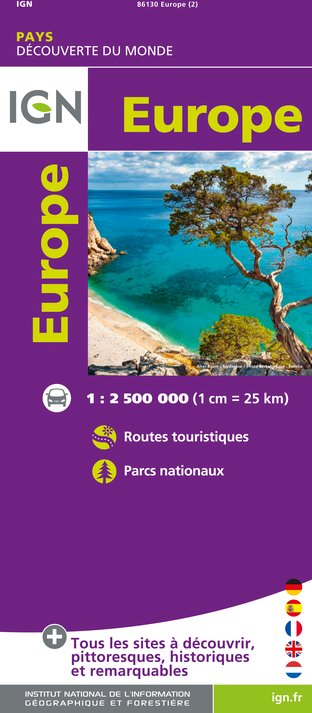
EUROPE
Editor : IGN
Collection : DÉCOUVERTE DES PAYS DU MONDE IGN
Scale : 1:2 500 000
7.00€
What to visit in ESPACE VACANCES
See more suggestionsTaste the culinary specialties of ESPACE VACANCES.
See more suggestionsWhere to eat in ESPACE VACANCES
See more suggestionsExplore the best dining spots in ESPACE VACANCES.
See more suggestionsWhere to sleep in ESPACE VACANCES
See more suggestionsBook your stay at one of ESPACE VACANCES's accommodations.
See more suggestions




















